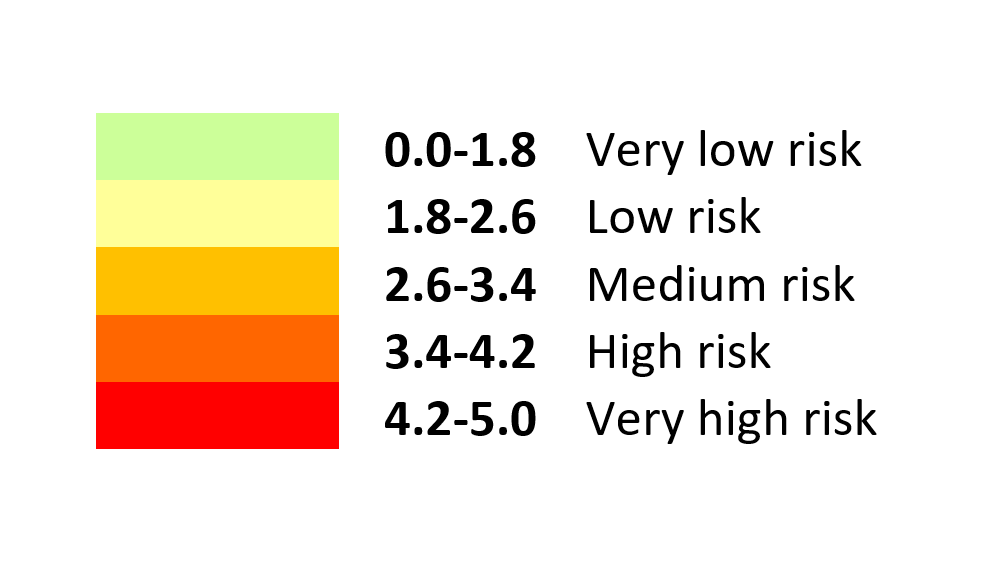UPM’s most water-intensive production plants are located in areas where there is sufficient water available.
Water stress risk
Water is critical for human existence, a crucial element of day-to-day life in all of the communities in which we operate. Water scarcity has become a major global challenge that puts a great responsibility on companies like UPM. It is also an exciting opportunity for our business to act as a force for good. Our target is to use water responsibly. This includes efforts to protect, maintain and monitor local water resources across our forestry, production and hydropower operations as well as during the transportation of our products.
The freshwater used in our direct mill operations is water from rivers and lakes, or groundwater taken from wells. The mill processes are within the permit limits for water uptake and effluent discharge set locally. This also applies to mills that use groundwater.
In 2011, we mapped all our pulp and paper mills on the Water Stress Index (WSI) maps (Pfister et. al 2009). As a result, our mills’ activities were preserved from water stress.
In 2019 and 2021, an update of the previous assessment has been made using the Water Risk Filter, an online tool developed by WWF and the German finance institution DEG. The updates confirmed the earlier result.
Based on the Water Risk Filter’s 32 global basin risk indicators and industry weightings, the final basin risk scores are generated. Basin risk comprehends physical, regulatory and reputational risks. Physical risk includes not only water scarcity, but also flooding, water quality and ecosystem service status. Raw data sets are classified into a 1-to-5 value, i.e. risk scores: 1 means no or very limited risk and 5 means very high risk.

UPM pulp and paper mills have been mapped in 2021 and the results show that none of the 17 mills is located in an area with high or very high overall basin risk: 9 mills have a low risk score (below 2.6) and 8 mills have a risk score between 2.6 and 3.0, which means medium risk. In addition, all the water scarcity scores are between 1.4 and 2.6, which means low water scarcity risks.
The UPM Changshu paper mill, located near Shanghai at the Yangtze River, presents the highest basin risk among UPM pulp and paper mills with a score of 2.92, but that score has significantly improved compared to 2019 when it was at the level of 3.48. During the last years, UPM Changshu has been continuously improving its water efficiency and within 2020 has managed to decrease its process waste water volume from 6.4 to 5.6 m3/tonne of paper. Also during 2020, an investment proposal for treated effluent water recycling has been finalised and is waiting for decision. UPM Changshu mill has been awarded State Level Water Efficiency Front Runner in October 2020 and is the only paper company in China to have received this recognition two times
In addition to locations of current pulp and paper mills, the WRF tool was used to confirm that UPM future operation sites, both the Paso de Los Toros pulp mill in Uruguay and the biochemicals refinery in Germany have low to medium overall basin risk scores.
Overall basin risk
All UPM pulp & paper mills are located in areas of low to medium basin risk.
